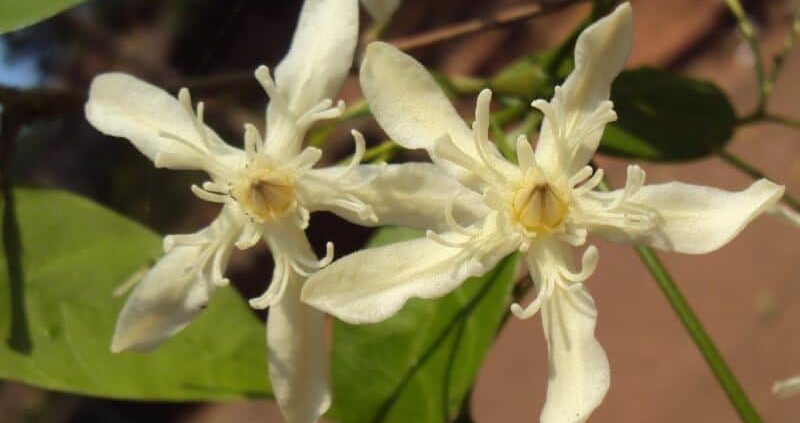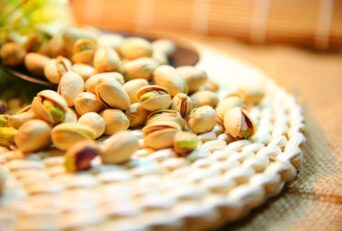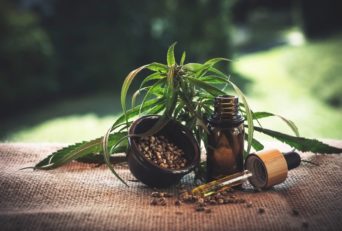Wrightia Tinctoria is a herb which is said to have many amazing uses and benefits. It is referred to as a medicinal plant.
Wrightia Tinctoria belongs to the genus wrightia and comes from the family of Apocynaceae. It is originated in India and is also a native of Burma.
Plants and herbs have many unknown and surprising benefits. These benefits have been recognized in very early age itself.
Plants are used for different purposes. They are also proved to have medicinal value. In Ayurveda, plants are used as medicines for different health issues.
Using plants and herbs as medicines in various forms is termed as herbalism.
Herbalism is practiced in many countries. It is a very old traditional health care.
It is also proved to be very effective. Not only as medicines, but plants are also established to have many different uses.
Table of Contents
Wrightia Tinctoria
Wrightia Tinctoria is a flowering plant and is deciduous, i.e., its leaves fall off after reaching maturity.It is a small tree which grows about 3 meters high. The stem of the plant has a pale bark and color of ivory.It has branches and has the flowers at the tip of branches. The leaves are oval and oppositely arranged.
The leaves grow up to 20 cm long. Flowers are whitish with five petals which are 2-3 cm long. They have good fragrance and by aging, they turn into creamy yellow.
The tree bears fruits with long follicles which are up to 50 cm long. The fruits have seeds which are dark and 1-2 cm long. The flowers of the tree resemble snowflakes.
Health Benefits Wrightia Tinctoria
1.Diarrhea and Blood Pressure
Wrightia Tinctoria is the best medicine for Diarrhoea and Blood Pressure.
Medicine: Wrightia Tinctoria is given with Isabgol and castor oil for chronic diarrhea.It is also used for checking blood in the stool. Bark juice is also used for checking diarrhea.
2.Piles & Skin Diseases
It is also used in the treatment of piles and skin diseases like ringworm, leprosy, etc.
Medicine: Decoction of Bark of the plant mixed with sunthi is used for curing piles. For skin diseases, it is used externally.
The bark of the plant, when mixed with cows urine and applied on skin, turns out to be very effective.
3.Urinary Problems
It is used as an effective remedy for urinary problems.
Medicine: Fresh juice of the bark is mixed with cow milk and is used to cure urine problems.
4.Arthritis
It is used in the treatment of Rheumatoid Arthritis and Osteoarthritis.
5.Psoriasis
It is an effective treatment for Psoriasis and any other non-specific skin problems.
6.Other Ailments
It is also a good remedy for fever, toothache, constipation, and stomach ache.
A clinical research was done for 90 days as a trail. An ointment made from the oil extract of Wrightia Tinctoria was used on skin problems. Effective results were observed. Reduction and improvement of the skin disease were marked.
No side effects were seen during this treatment.
Bioenergetics Of Wrightia Tinctoria
The Ayurvedic properties of the plant are
- Rasa: Tikta (bitter), Kashaya (astringent)
- Guna: Rooksha (dry)
- Virya: Seeta
- Vipaka: Katu
Chemical Constituents Of Wrightia Tinctoria
- Wrightial–Triterpenoid chemical
- Cycloartenol
- Cycloeucalenol
- Beta-Amyrin
- Beta Sitosterol
Properties Of Wrightia Tinctoria
- Anthelmintic: Used as a treatment to destroy parasitic worms.
- Anodyne: It is used as a painkiller.
- Antipyretic: Remedy for fever.
- Aphrodisiac: Used to stimulate sexual desire.
- Astringent: Used for skin related problems.
- Carminative: Gastric problems.
- Depurative: Purifies your body from wastes and toxins.
- It is used as a tonic.
Uses Of Wrightia Tinctoria
- The leaves of the plant WrightiaTinctoria yield a blue dye which is called Pale Indigo.
- The parts of the plant which are used for various purposes are:
- Leaves
- Seeds
- Bark
- The plant is used in making hair oils as it has anti-dandruff and anti-inflammatory properties.
- The plant is the best remedy for balancing Tridoshas.
Other Names Of Wrightia Tinctoria
Wrightia Tinctoria is the scientific name of PalaIndigo. This plant has various other names.
Know these names and you can easily recognize the plant.
In English, Pala Indigo is also called as Ivorywood, Dyers’soleander, Dyeing Rosebay and SweetIndrajao. These are referred to as the common names of the plant.
In Sanskrit, Pala Indigo is known as Hayamaraka, Asita Kutaja, Stri kutaja and Svetakutaja.
In Hindi, it is called as Indrajau, Dudhi, Kuda, Duhi, MitaindarjauKapar, KalaKuda andKarayaja.
In Tamil, It is called Irumpaalai, Vetpalai, Nilapalai, Veppalai.
In kannada, it is known as Ajamara, Kodamurki, Beppale and Aale.
In Malayalam, Pala Indigo is called as AiyaPalai, Kotakappala,Neelappala, Thinnamppala,Bhanthappala, Kambippala, Dhanthappala,Irumpala, Adukomba, ThattanChavana etc.
In Marathi, it is known as KalaKuda, Bhurevadi and GodaIndrajav.
Wrightia Tinctoria has another botanical name called HolarrhenaAntidysenterica.
Wrightia Tinctoria is given its name after William Wright. He was a Scottish physician and botanist.
Hope you got some knowledge about the health benefits and medicinal values of this herb.If you have any queries or suggestion, then please write to us.






